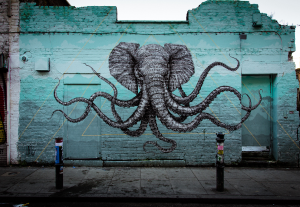- Behavioral Science, Customer Experience, Design, Usability, UX Education, UX Magazine
War is the worst horror of all. Some flee, some fight, some stay. Read one UX designer’s story, a resident of a Ukrainian city, Irpin.
Article by Guido Baratta
Share:Glimpses of War from a UX Designer in Irpin, Ukraine
Share this link
- March 17, 2022
3 min read







